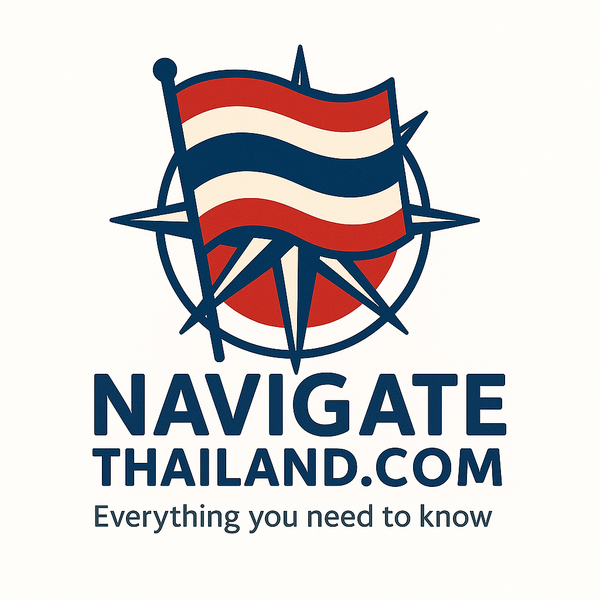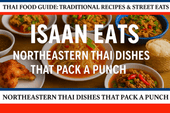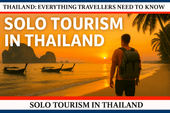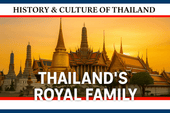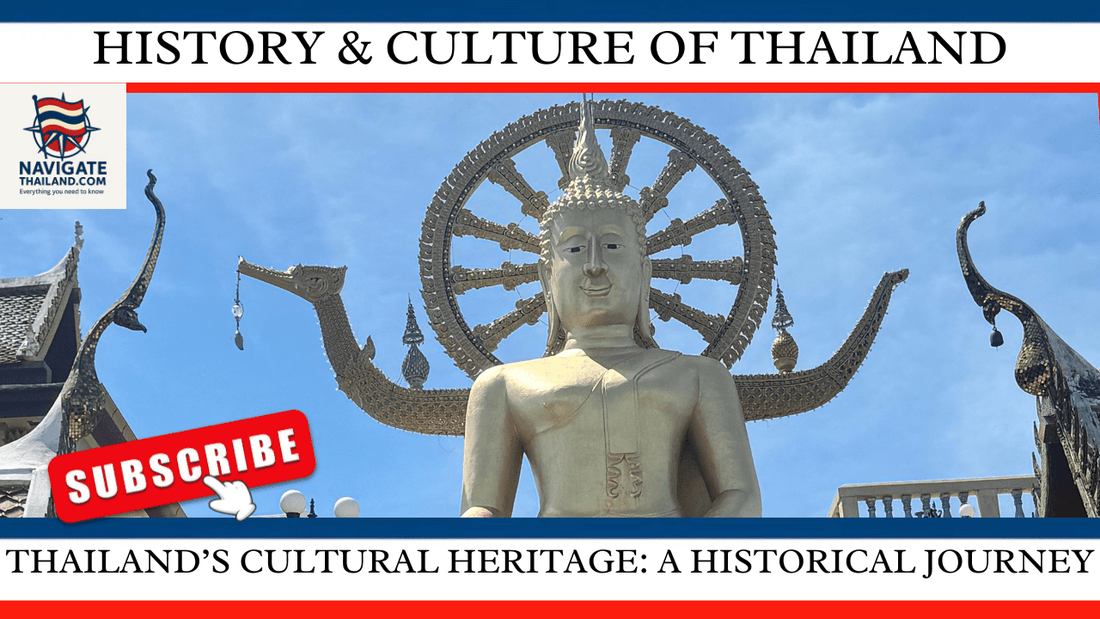
Thailand’s Cultural Heritage: A Historical Journey from Prehistory to the Rise of Thai Kingdoms
Share
Thailand is more than golden temples and bustling markets—it’s the product of thousands of years of migration, spiritual evolution, and cultural fusion. From the bronze tools of prehistoric Ban Chiang to the glittering stupas of Ayutthaya, each era has left its mark on Thai identity.
In this blog, we journey through time to uncover the roots of Thai culture, examining the civilizations, religious shifts, and migrations that laid the groundwork for the Thailand we know today.
🏺 1. Prehistoric Thailand (2000 BCE – 500 BCE)
Long before Thailand became a kingdom, the region was home to prehistoric communities who practiced agriculture, metallurgy, and pottery.
📍 Ban Chiang (UNESCO World Heritage Site)
- Located in northeastern Thailand, Ban Chiang is one of Southeast Asia’s most significant archaeological sites.
- Evidence of rice farming, bronze smelting, and intricate pottery dates back as early as 1500 BCE.
Though these early societies weren’t ethnically “Thai,” they laid the agricultural and technological foundation for future populations.
🛕 2. The Dvaravati Civilization (6th–11th Century CE)
By the 6th century CE, the Dvaravati culture emerged in central Thailand, centered around the Chao Phraya River basin. These Mon-speaking people played a pivotal role in introducing Theravāda Buddhism to the region.
Key Influences:
- Indian trade and religion, especially Buddhism
- Construction of stupas, dharmachakras, and Buddha statues
- Flourishing city-states like Nakhon Pathom and Lopburi
Though the Dvaravati were later absorbed into the Khmer Empire, their spiritual and artistic contributions endured.
Fun Fact: The term “Dvaravati” comes from Sanskrit and means “Land of Gates.”
🧭 3. The Migration of the Tai People
Parallel to the Dvaravati’s development, another major population shift began to shape the region—the Tai migrations from southern China into Southeast Asia.
Tai Origins and Settlement:
- Tai-speaking groups (like the Tai Dai) originated in Guangxi, southern China
- Between the 8th and 13th centuries, they migrated into northern Thailand, forming early communities around Chiang Mai and beyond
As they settled, the Tai people absorbed Mon, Khmer, and Indian influences—particularly Buddhism—laying the foundations for a uniquely Thai cultural identity.
🪷 4. The Spread of Indian Buddhism
From Emperor Ashoka’s missionaries in the 3rd century BCE to the temples of Chiang Mai, Indian Buddhism deeply shaped Thai spiritual life.
Theravāda Buddhism’s Influence:
- Introduced through Dvaravati and solidified under Tai rule
- Provided a moral and political structure for early Thai kingdoms
- Monasteries became centers of education, law, and governance
- Monks often served as advisors to rulers
By the time of the Lanna Kingdom in the north, Theravāda Buddhism had become central to Thai society, architecture, and political legitimacy.
👑 5. Early Thai Kingdoms: Sukhothai and Ayutthaya (13th–18th Century)
With cultural, spiritual, and demographic foundations in place, Thailand’s first true kingdoms began to rise.
🏯 Sukhothai (1238–1438 CE)
- Regarded as the first Thai kingdom, founded by King Ramkhamhaeng
- Known for its graceful Buddha sculptures, epigraphy, and egalitarian rule
- Ramkhamhaeng’s inscription describes a peaceful kingdom centered around Buddhist ethics
🌍 Ayutthaya (1351–1767 CE)
- A powerful and cosmopolitan kingdom that traded with China, India, Arabia, and Europe
- Rulers used Buddhism as a tool of legitimacy, building vast temple complexes
- Flourished for over 400 years before its fall to the Burmese
Both kingdoms helped institutionalize Buddhism and formalize Thai political and artistic traditions that persist to this day.
🙏 Conclusion: The Cultural Mosaic of Thailand
Thailand’s cultural identity is the result of millennia of influence—from early Austroasiatic farmers and Indian merchants, to Mon Buddhists and Tai settlers. Each era layered new beliefs, styles, and systems upon the last.
Understanding this journey not only enriches our appreciation of Thai culture but also reminds us that nations are born not in isolation, but through centuries of exchange, adaptation, and spiritual growth.
Read more of our Thailand blog series:
Thai Food Guide:Traditional Recipes and Street Eats
Everything Travellers Need to know
Thailand travel ebooks and language guides
Thailand Travel Apparel & Souvenir Gifts
Subscribe to our YouTube channel Navigate Thailand to see our most popular Thailand travel blogs turned into videos:
Navigate Thailand YouTube channel
